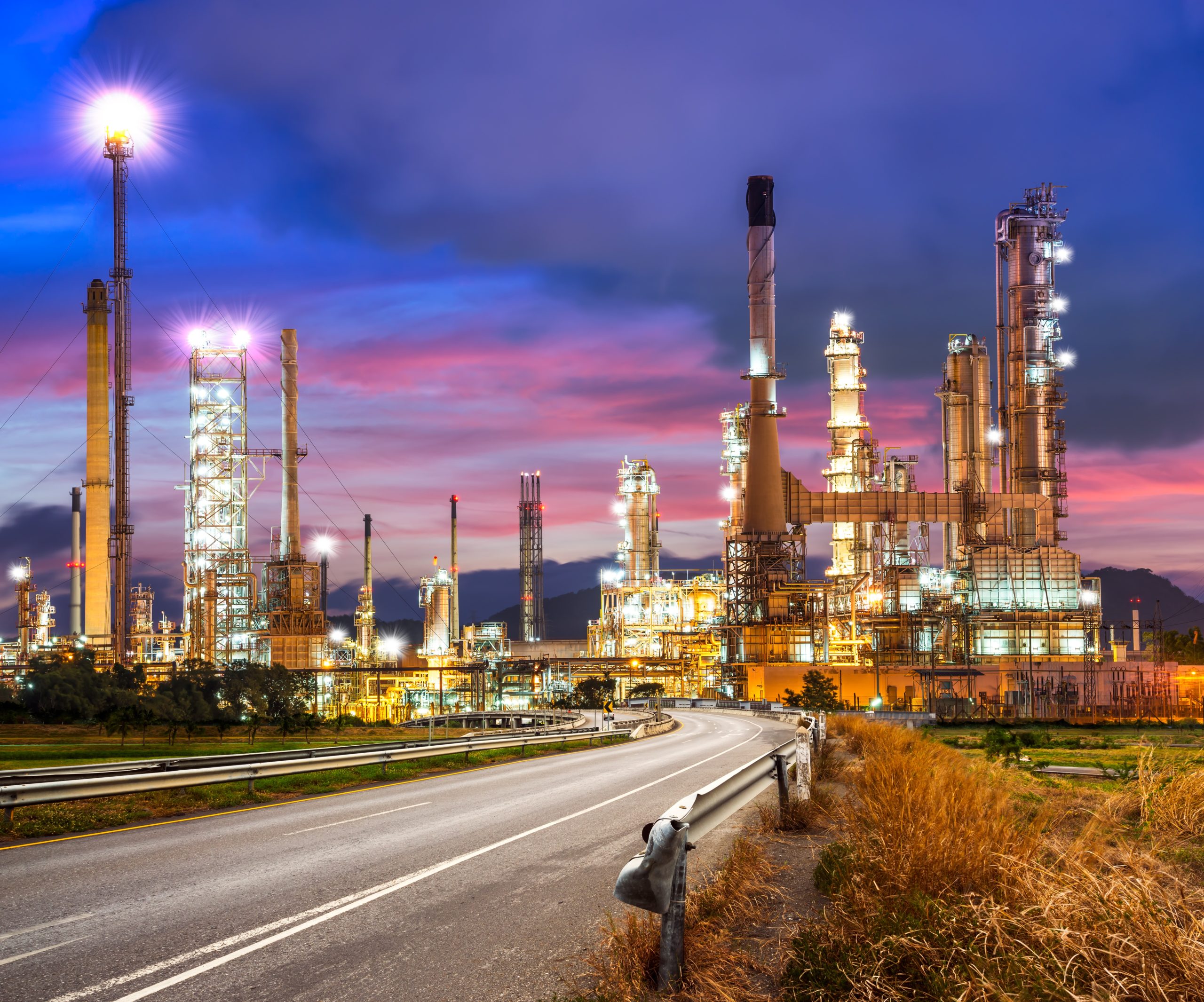Rashid Miandad1, Mohammad Rehan2*, Mohammad A. Barakat3,4,  Asad S. Aburiazaiza3,
Asad S. Aburiazaiza3,  Hizbullah Khan1,
Hizbullah Khan1,  Iqbal M. I. Ismail2,
Iqbal M. I. Ismail2,  Jeya Dhavamani2, Jabbar Gardy5, Ali Hassanpour5 and Abdul-Sattar Nizami2
Jeya Dhavamani2, Jabbar Gardy5, Ali Hassanpour5 and Abdul-Sattar Nizami2
- 1Department of Environmental Sciences, University of Peshawar, Peshawar, Pakistan
- 2Centre of Excellence in Environmental Studies, King Abdulaziz University, Jeddah, Saudi Arabia
- 3Department of Environmental Sciences, Faculty of Meteorology, Environment and Arid Land Agriculture, King Abdulaziz University, Jeddah, Saudi Arabia
- 4Central Metallurgical R&D Institute, Helwan, Egypt
- 5School of Chemical and Process Engineering, University of Leeds, Leeds, United Kingdom
Pyrolysis based biorefineries have great potential to convert waste such as plastic and biomass waste into energy and other valuable products, to achieve maximum economic and environmental benefits. In this study, the catalytic pyrolysis of different types of plastics wastes (PS, PE, PP, and PET) as single or mixed in different ratios, in the presence of modified natural zeolite (NZ) catalysts, in a small pilot scale pyrolysis reactor was carried out. The NZ was modified by thermal activation (TA-NZ) at 550°C and acid activation (AA-NZ) with HNO3, to enhance its catalytic properties. The catalytic pyrolysis of PS produced a higher liquid oil (70 and 60%) than PP (40 and 54%) and PE (40 and 42%), using TA-NZ and AA-NZ catalysts, respectively. The gas chromatography-mass spectrometry (GC-MS) analysis of oil showed a mixture of aromatics, aliphatic and other hydrocarbon compounds. The TA-NZ and AA-NZ catalysts showed a different effect on the wt% of catalytic pyrolysis products and liquid oil chemical compositions, with AA-NZ showing higher catalytic activity than TA-NZ. FT-IR results showed clear peaks of aromatic compounds in all liquid oil samples with some peaks of alkanes that further confirmed the GC-MS results. The liquid oil has a high heating value (HHV) range of 41.7–44.2 MJ/kg, close to conventional diesel. Therefore, it has the potential to be used as an alternative source of energy and as transportation fuel after refining/blending with conventional fuels.
